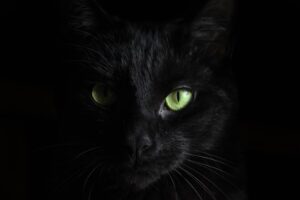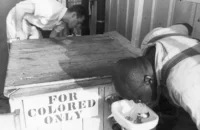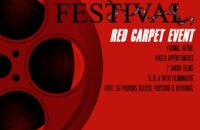Americans love Halloween—trick and treat candies, spooky costumes, and creepy décor. According to the Nation Retail Federation, Americans spend about $9.1 billion to celebrate Halloween every year. This exciting festival comes with even more exciting traditions that originated way back before the Modern Halloween festival came to light. Know the interesting facts about these traditions and their origin.
Spooky Halloween traditions and their origin
- Jack-O- lanterns
Jack-O-Lanterns originated in Ireland using Turnips, which is based on the legend of a man named Stingy Jack. Jack used to repeatedly trap the devil and let him go in one condition that he would not go to hell. After his death, Jack realized he wasn’t needed in Heaven, either. So he was condemned to roam around on earth as a ghost for eternity. The devil gave him a lump of burning coal in a carved turnip to find his way. Eventually, locals started to carve spooky faces in their gourds to scare evil spirits.
- Seeing ghosts
Celtic people believed that during the Samhain festival, which marked the transition to the new year at the end of the harvest and beginning of winter, the spirits roam around the earth. Later the idea of All Souls Day on November 2 was initiated by the Christian Missionaries. They believed that, on that day, the barrier between two worlds ( the world of living and the world of death ) becomes the thinnest.
- Wearing scary costumes
During the Samhain festival, Celts used to be creative to avoid being spooked by the evil spirits. They would don a disguise as spirits so that they would be mistaken for ghosts themselves and left alone.
- Trick or treat
It is believed that the modern Trick-or-treat originated from Belsnickling, a German-American community tradition, where children would get in costumes and roam around the neighborhood, calling out the neighbors to see if the adults could guess the identity of the costumed guest. If no one could identify them, they were rewarded with food or other treats.
- Getting spooked by black cats
In the Middle Ages, black cats were considered as the symbol of the devil. Even a century later, they didn’t lose their reputation of being a symbol of evil. It was believed that the witches have black cats as their companions who assist them in their black magic, and they have been associated with each other ever since.
- Bobbing for apples
This interesting game originated from a courting ritual, a part of the Roman festival honoring Pomona, the goddess of agriculture and abundance. According to the belief, women would be able to foretell their future husbands through the game. When the Romans conquered the British isle, the Pomona festival blended with the tradition of the Samhain festival.
- Black and orange decoration
The classic Halloween color is also associated with the Samhain festival of the Celtics— the color ‘Black’ represents Death, and the ‘Orange’ color represents the autumn harvest season.
- Spotting bats
Celts used to light large bonfires during Samhain as a ritual of the festival. That large bonfire used to attract the insects and the insects, in turn, attracted the bats. Soon the incident was associated with the festival. Nevertheless, several superstitions were built upon the idea that bats are the harbinger of Death, which can be found in the spooky connotations of bats in medieval folklore.
- Gorging on candy
The tradition of going door-to-door for handouts has been a part of Halloween for a long time. Children were treated with not only candies but also with toys, coins, fruits, and nuts. In the middle of the 20th century, the candy companies, being inspired by the popularity of ‘Trick-and-treat’, came up with the idea of launching wrapped confectionaries. But the tradition of handout candies didn’t dominate until 1970 when parents began to fear anything unwrapped.
- Lighting candles and bonfire
The early history of Halloween signifies open flames were integral in lighting the way for the spirits seeking the afterlife.





















